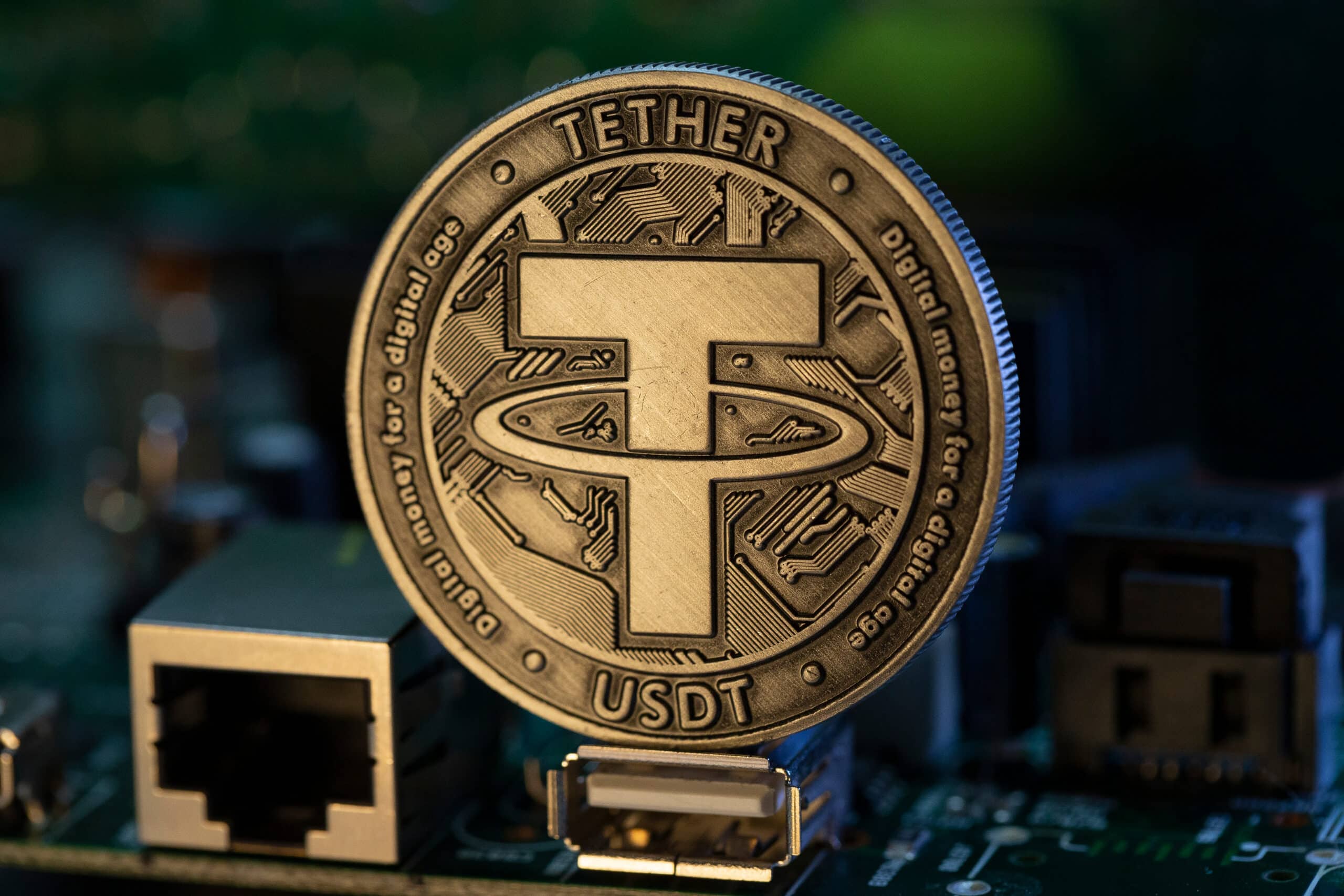V3 Research
Mining Opportunities in the RWA Sector
Web3Caff
报告用约2.5万字系统梳理RWA全球发展现状,分析技术演进、监管框架和市场规模,并提出兼顾合规与创新的产业路径与风险应对建议。
Lingyuok
该报告在香港发布,指出RWA的产业化并非偶然,呼吁投资人谨慎乐观,并提供风险提示与市场洞察。
新浪财经
文章列举RWA赛道中私人信贷、美债、贵金属等六大资产市场的数据,强调国债代币化将驱动RWA下一阶段增长。
Chainlink
Chainlink 教程阐述什么是RWA、代币化流程及其为金融服务和非金融场景带来的流动性与透明度提升。

Key Findings
- Global research firms forecast that the tokenisation market for real-world assets (RWA) could grow to between US$16 trillion and US$18.9 trillion by 2030, making it one of the largest emerging segments in blockchain 1722.
- Currently, on-chain RWA inventory amounts to only about US$26 billion (excluding stablecoins), but it is expected to achieve a compound growth rate of over 100% between 2024 and 2025, with private credit and US Treasury products leading the charge 7813.
- Investment opportunities come with regulatory challenges: initiatives such as the US Stablecoin Innovation Act and Hong Kong’s Ensemble Sandbox pave a compliance pathway, yet issues like asset verification, liquidity, and technological security still need stringent controls 263031.
I. Investment Logic: Why It Deserves Attention
-
Yield Premium
On-chain products such as tokenised Treasury bills and money market funds introduce a 4-5% risk-free rate directly into the DeFi ecosystem, offering higher marginal returns for crypto capital 314. -
Liquidity Creation
Blockchain’s 24/7 trading and fractional ownership breathe new life into traditionally high-barrier assets (like real estate, private debts, and gold), creating deeper trading opportunities 41012. -
Institutional Involvement
Flagship cases like BlackRock’s BUIDL and Franklin’s BENJI demonstrate that large capital can operate securely on public chains, providing backing for subsequent asset pools 715.
II. Risk-Reward Assessment
| Dimension | Key Opportunities | Core Risks | Mitigation Approach |
|---|---|---|---|
| Market | Trillion-dollar market size with early penetration at <0.1% 717 | Volatility in underlying asset valuations, insufficient secondary market depth 28 | Opt for high-liquidity assets (US Treasuries, MMF) and monitor platform TVL changes |
| Technology | On-chain settlements in minutes, low Gas fees 25 | Smart contract vulnerabilities, inaccurate oracles 629 | Choose platforms with multiple audits and insurance mechanisms |
| Regulation | Regulatory sandboxes in the US, Hong Kong, etc. 2630 | Ambiguity in securities classification leading to enforcement risks 31 | Use compliant issuers (e.g. Securitize) and accredited investor channels |
| Credit | Assets are custodised and audited by reputable institutions 57 | Opaque SPV structures, risk of asset decoupling 31 | Review regular on-chain and off-chain audit reports |
III. Market Positioning and Asset Selection
- Asset Classes: Private credit (≈58%), US Treasuries (≈30%), and gold (≈6%) are currently dominant 813.
- Public Chain Distribution: Ethereum accounts for 58%, while emerging L2 solutions and cross-chain platforms (such as Hedera and XRP Ledger) are competing for low-cost issuance scenarios 625.
- Representative Tokens: Tokens like LINK, ONDO, and BUIDL lead CoinGecko’s RWA category, combining liquidity with institutional backing 13.
IV. Investment Implementation Recommendations (For Reference)
-
Portfolio Allocation
Replace 5-10% of high-volatility crypto assets with on-chain Treasury bills or short-term debt RWAs to reduce portfolio beta. -
Platform Choice
Prioritise platforms that have obtained licenses or collaborate with traditional custodians (for instance, Securitize, OpenRWA) 1231. -
Risk Monitoring
Continuously track the on-chain asset-to-liability ratios, audit reports, and regulatory updates; set stop-loss measures and maintain liquidity reserves to counter potential run risks 2628.
Conclusion
RWA introduce genuine asset yields and compliant capital into the crypto market, presenting a structural mid- to long-term opportunity. However, given the uncertainties in valuation, regulation, and technology, a diversified and gradual approach is advised, alongside rigorous due diligence and risk management.
(Visit Discover for more)
72 days ago